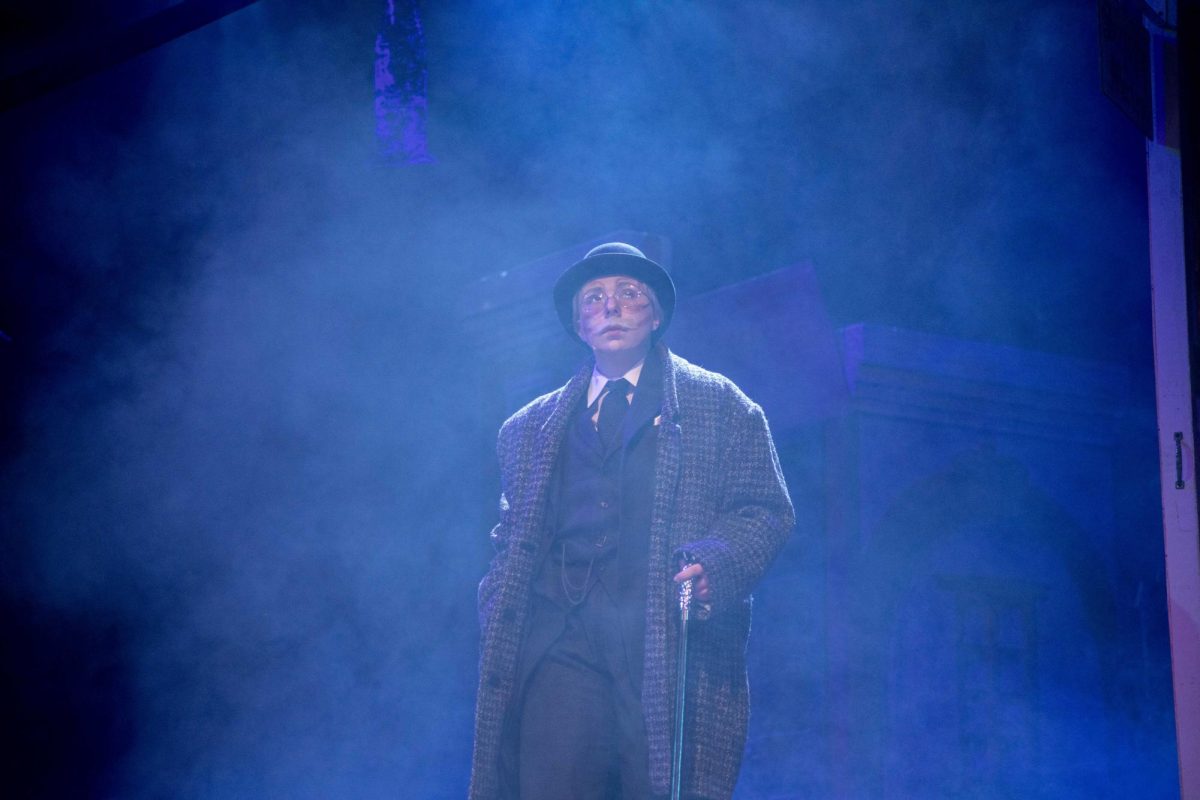Only 29 percent of Hollywood’s speaking roles are filled by women, study says
February 24, 2016
An extensive new study of diversity in Hollywood paints a damning portrait of the film and television industry behind and in front of the camera, describing the media landscape as “whitewashed” and calling the lack of inclusion an “epidemic.”
The report released Monday by USC’s Media, Diversity, & Social Change Initiative shows a lack of representation for women, ethnic minorities, and gay, lesbian and transgendered people.
The study examined 414 feature films and TV shows from major studios including the Walt Disney Co. and 20th Century Fox, and analyzed the prevalence of different groups on-screen.
Advertisement
Only 29 percent of all speaking roles were filled by women, the report found. Its analysis also showed that 28 percent of all speaking characters were non-white, compared with 38 percent of the general U.S. population. Only 2 percent of roles were gay, lesbian or bisexual.
Behind the camera, the USC study also found a lack of inclusion. Nearly 85 percent of directors were male; 71 percent of screenwriters were male.
“The film industry still functions as a straight, white, boy’s club,” the study’s authors wrote. “The hashtag #OscarsSoWhite should be changed to #HollywoodSoWhite, as our findings show that an epidemic of invisibility runs throughout popular storytelling.”
Studios and TV networks have come under increasing pressure to deal with the lack of diversity after the Academy of Motion Picture Arts and Sciences nominated all-white acting Oscar nominees for the second year in a row.
Following the outcry over the nominations, the academy announced major changes to its rules for voting members. But some activists, like famed director Spike Lee, said the problem stems from the executive ranks of the Hollywood studios, which are largely white and male.
Of the films included in the study, all from 2014, Sony, Disney and Warner Bros. had no female directors. Fox had a score of 4 percent, while Universal and Paramount had 9 percent.
Sony and Paramount did better with including minorities, with relatively high percentage of speaking roles going to non-whites. Sony benefited from movies like “About Last Night” and “Think Like a Man Too,” while Paramount had “Selma” and “Top Five.”
Advertisement*
Time Warner’s studio Warner Bros. scored lowest among the major studios, with 9 percent representation of minorities.
The companies generally scored better on the TV side, which the report portrayed as being more diverse.
The CW, Disney, Viacom, Amazon and Hulu all scored 40 percent or higher for inclusion of female TV characters. For minorities, five out of 10 major media companies were considered “largely inclusive” or better. Disney and the CW ranked highest for inclusion in television.
___
(c)2016 Los Angeles Times
Visit the Los Angeles Times at www.latimes.com
Distributed by Tribune Content Agency, LLC.
Advertisement








